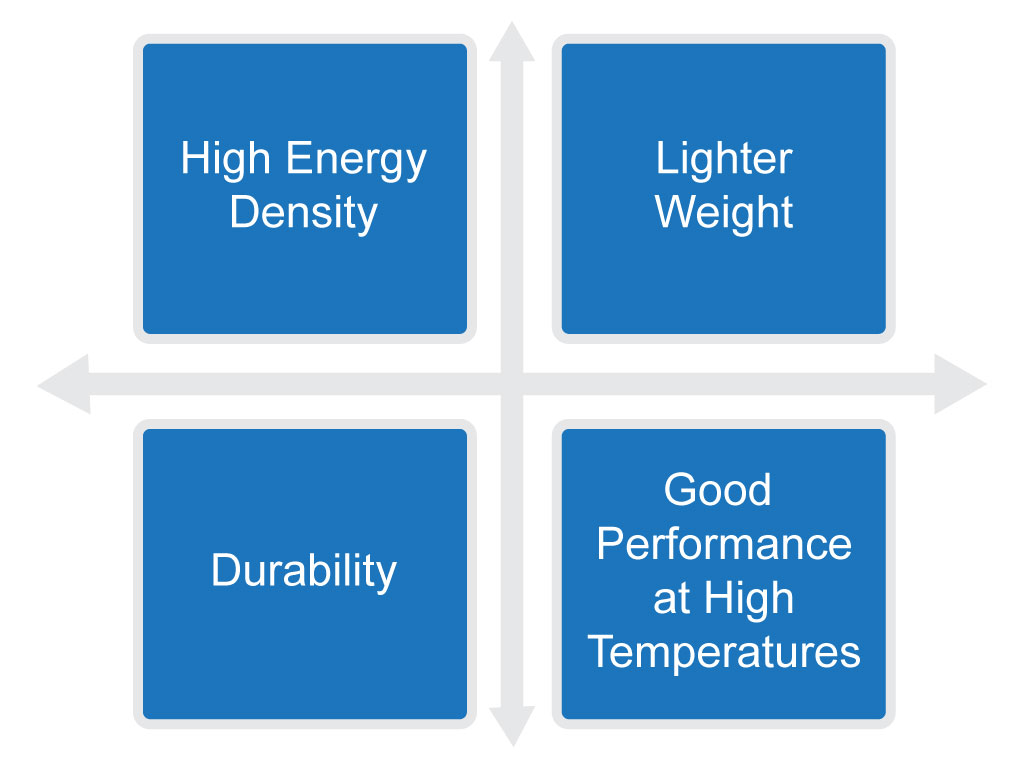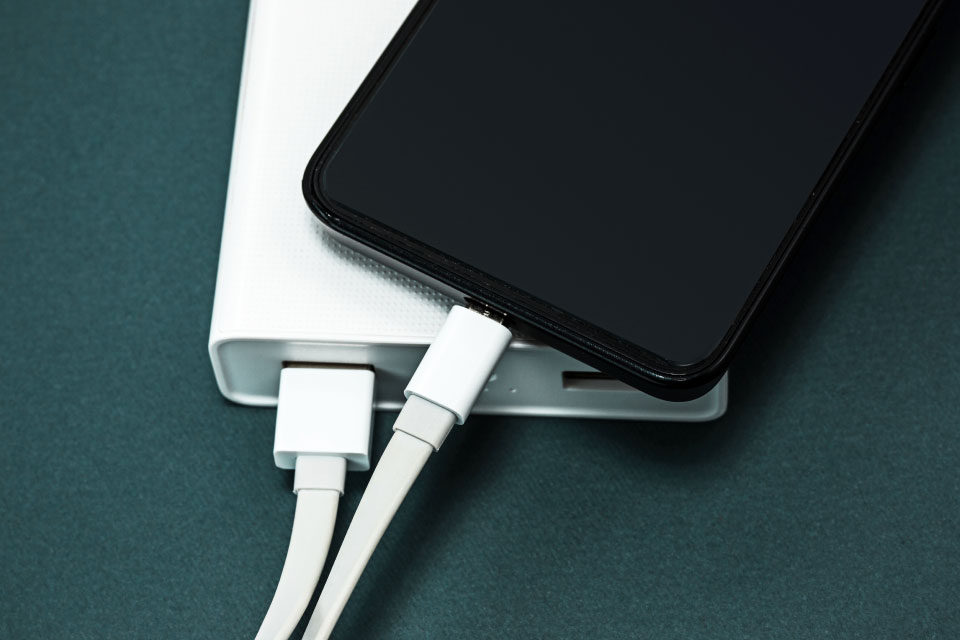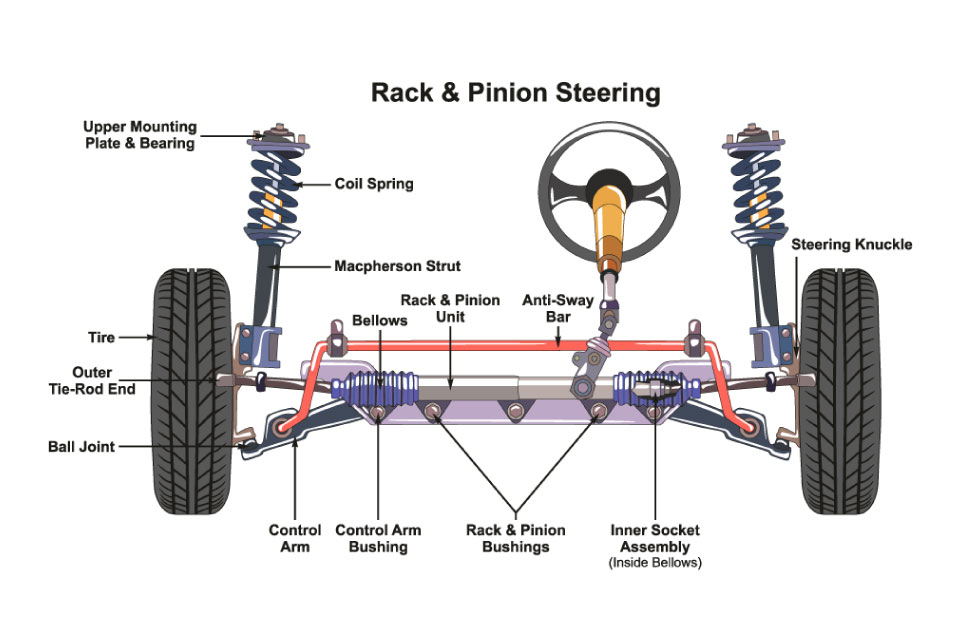The energy storage sector is dominated by lithium-ion batteries (LIBs), which power more than 90% of the global grid market. The modern world revolves around energy, and we cannot get through a day without relying on some sort of energy source. The demand for energy has experienced exponential growth in recent years due to industrialization and increasing population. Energy storage is an innovative technology that has the potential to take off globally and meet the world’s energy needs. Batteries are the best energy storage devices worldwide and can power anything from cars to cell phones. The most cutting-edge power source for all current consumer electronics products is the lithium-ion battery. Since the advent of lithium-ion batteries to the commercial market, they have advanced over the years and continue to revolutionize the battery industry.
Why are lithium-ion batteries the primary battery used in electric vehicle (EV) production?
Undoubtedly, the biggest market for lithium-ion batteries is in electric vehicles. The greatest benefits of using LIBs in electric vehicles are:

For fuel-based cars, lithium-ion batteries are a great alternative that takes automobiles in the direction of clean and sustainable energy. Massive investments are being made in the battery technology as the market for electric vehicles grows and the manufacturers want to produce batteries that are more durable, safe, and affordable for energy storage.
What are the components of lithium-ion batteries?
In simple terms, a lithium-ion battery is made up of four main components: anode, cathode, electrolyte, and separator. The cathode and the anode are the electrodes, with opposite charges that are the site of electrochemical reactions. The electrolyte serves as a medium for the movement of ions. The separator prevents the anode and cathode from coming into contact, which would otherwise cause a short circuit.
The materials chosen for each component affect the LIB’s overall performance. Conventionally, graphite makes up the anode, whereas the combination of lithium and other metals builds the cathode. The standard electrolyte is lithium hexafluorophosphate salt, and polymers are used to make the separators. Since there is a growing global need for LIBs, new initiatives have been taken to develop novel and sophisticated battery materials that would quench the high energy demand.
There isn’t just one lithium-ion battery, either. Different battery materials produce different battery chemistries giving rise to many types of LIBs. The common materials used for producing the major components of LIBs are presented in the below table.
LITHIUM-ION BATTERY COMMON MATERIALS
| Battery Type | Anode Material | Cathode Materials | Electrolyte Materials | Separator Material |
|---|---|---|---|---|
| LNCM | Graphite | Lithium Nickel Cobalt Manganese Oxide (LNCM) | Salt: Lithium Hexafluorophosphate Solvent: Ethylene Carbonate Propylene Carbonate Ethyl Methyl Carbonate Dimethyl Carbonate Diethyl Carbonate | Polyolefin |
| LNCA | Graphite | Lithium Nickel Cobalt Aluminum (LNCA) | Salt: Lithium Hexafluorophosphate / Solvent: Ethylene Carbonate Propylene Carbonate Ethyl Methyl Carbonate Dimethyl Carbonate Diethyl Carbonate | Polyolefin |
| LFP | Graphite | Lithium Iron Phosphate (LFP) | Salt: Lithium Hexafluorophosphate / Solvent: Ethylene Carbonate Propylene Carbonate Ethyl Methyl Carbonate Dimethyl Carbonate Diethyl Carbonate | Polyolefin |
| LCO | Graphite | Lithium Cobalt Oxide (LCO) | Salt: Lithium Hexafluorophosphate / Solvent: Ethylene Carbonate Propylene Carbonate Ethyl Methyl Carbonate Dimethyl Carbonate Diethyl Carbonate | Polyolefin |
| LMO | Graphite | Lithium Manganese Oxide (LMO) | Salt: Lithium Hexafluorophosphate / Solvent: Ethylene Carbonate Propylene Carbonate Ethyl Methyl Carbonate Dimethyl Carbonate Diethyl Carbonate | Polyolefin |
What are the challenges to manufacturing in lithium-ion batteries?
The modern-day world demands high-quality batteries at an affordable price. The LIB manufacturer should be capable of producing a super-quality battery with minimal raw materials and in an energy-efficient way. The two most crucial factors that manufacturers should consider are safety and reliability.
In order to thrive in the competitive market, battery producers are focusing on lowering production costs, which directly reduces the selling price of the battery. The most surprising truth is that, unlike other metals used in production, the cost of lithium does not significantly contribute to the price of a battery. Labor cost is a considerable factor contributing to the battery cost. Automated manufacturing will help to reduce the labor cost, but it demands higher capital cost. Realizing that battery technology is witnessing a revolution, it is the responsibility of battery makers to improve the production process and adopt new technologies to reduce costs and power the future world.
For more information on lithium-ion batteries, please see the website Total Battery Consulting.
THORS courses associated with this topic include Lithium-Ion Battery Materials.


